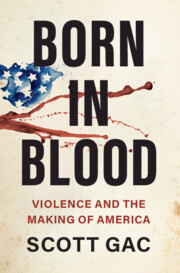The study explores the phenomenon of popular violence in the first months and years after the end of World War I on the basis of a comparison between the Bohemian lands, forming the central part of the newly established Czechoslovakia, and Austria, as another successor state to the former Habsburg monarchy. Aside from the continuities, new forms of violence increasingly emerged in the first years after the end of the war, and also the “language” of violence was transformed. While in Czechoslovakia, the framework within which people were learning to understand the new world was shaped by the national and republican discourse oriented to the future, in Austria the collective identities and mentalities were being formed along the lines of particular party political blocks. In both cases, the nationalization and politicization of violence respectively contributed to the emergence of new forms of popular violence; but at the same time they could also be used for its de-escalation, necessary for the re-integration of society disrupted by the wartime experience. However, even if both countries went out from the war on different paths, the violence stayed part of their political culture and it could be mobilized again.


